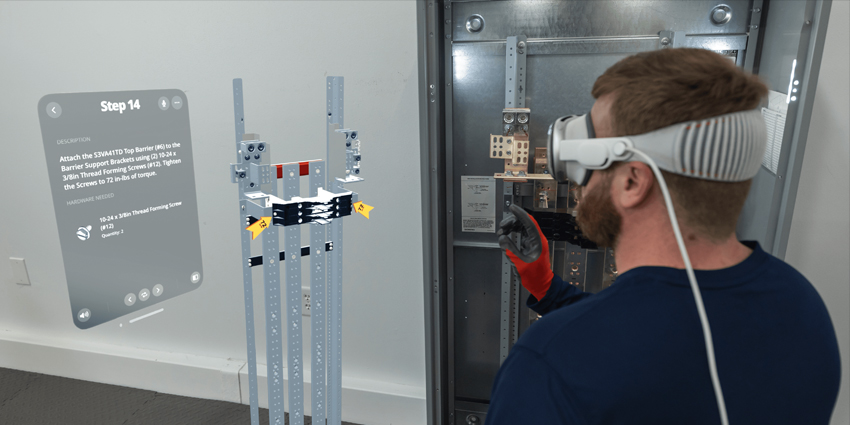VisAR (augmented reality) published a paper on Friday in a recent issue of healthcare journal SPINE, outlining the firm’s exploration into immersive medical solutions.
The company adopted the Microsoft brand HoloLens 2 AR headsets to assist spinal surgery research at the University of Utah, Georgetown University, and University of Washington.
It also provides an immersive surgical navigation system that the firm built upon Microsoft’s HoloLens 2 hardware and Mixed Reality (MR) software development kit (SDK).
The solution aims to assist with open and minimally invasive pedicle screw guidance procedures for spinal operations. The FDA-approved product translates patient radiologic data into a 3D hologram and from there, medical students can perform the delicate procedure remotely and digitally.
Novarad developed the training software, and the SPINE journal performed its study on the platform’s accuracy. Researchers learned VisAR’s level of precision for pedicle screw placement during open spine and MISS operations.
Data from the operation showed that University researchers placed 63 of the 65 spinal screws correctly, reaching accuracy levels of 96 percent. Additionally, Novarad has supplied healthcare professionals with emerging technology solutions for 30 years.
Dr Wendell Gibby, CEO of Novarad, said,
“The VisAR technology holds great promise for improving patient care by reducing operating room (OR) times, decreasing radiation to the patient and OR personnel, improving surgical accuracy, and significantly democratizing access due to much lower cost than traditional navigation and robotic surgical approaches”
Microsoft’s Strong Healthcare Presence
The news comes as Microsoft continues to promote its HoloLens 2 product as a healthcare tool as well as its Dynamic Remote Assist, MR SDK, and Mesh solutions as modern medical tools.
In a Microsoft study, the firm reported its MR device reduces training costs by roughly $1,440 per trainee. The firm also claims its immersive content offerings provide a 177 percent return on investment, a net present value of $7.6 million, and a 3-year payback estimation.

Microsoft also works with various global healthcare groups and partnered with groups such as the National Health Service (NHS), GE Healthcare, and Mount Sinai. Additionally, the firm collaborated with extended reality (XR) experts to provide a diverse medical content library.
Microsoft includes several technology associates in its extensive list of partners, including Holo-Light, Insight, and gold-partner GigXR.
In February, GigXR joined Cambridge University Health Partners and the NHS to provide accurate XR training modules to students learning within a hybrid environment. The partnership enables Cambridge medical trainees to access the XR content library using Hololens 2 hardware.
GigXR supplied students at the University of Michigan with Hololens 2-powered immersive training solutions last December.
In January, the Redmond, Washington-based firm also launched Project Polaris at the National University of Singapore’s Yong Loo Lin School of Medicine (NUS Medicine).
The project simulates clinical environments that students can practice in, coming with various medical procedures and adjustable difficulty levels.







